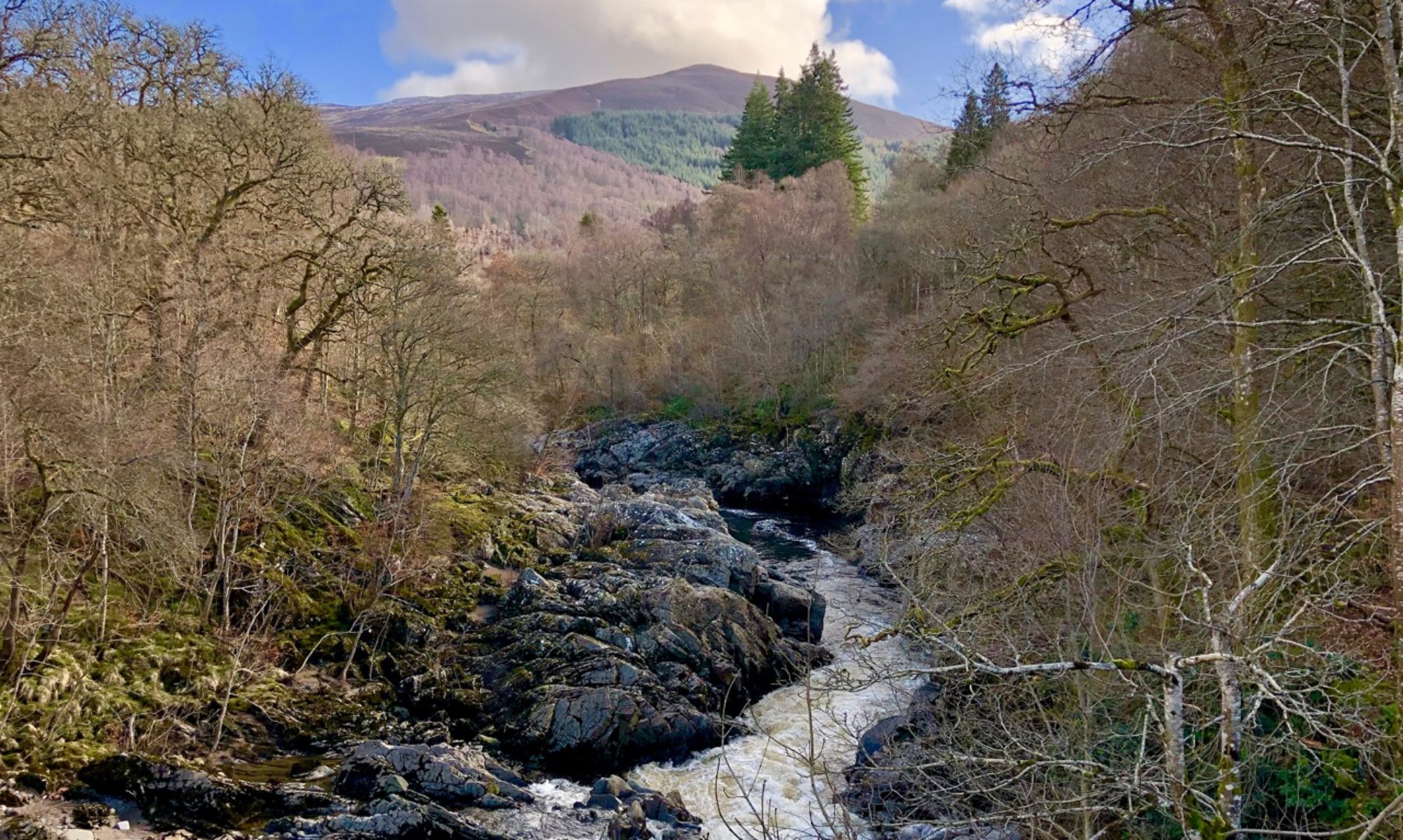A pleasant walk in the footsteps of Romans along a well preserved section of Hadrian’s Wall.
Distance: 8 miles
Time: 3 ½ hours
The walk starts at a village known both as “Once Brewed” and “Twice Brewed”. The story goes that the beer was so weak that it had to be brewed twice, while at the local hostel only tea was served (which only needed to be brewed once), giving rise to the two different names. The hostel may be gone, but road signs exist with either name, but for the purposes of this walk I will stick to using “Once Brewed” as this is the name used in material produced by the National Park authority.
From the crossroads at Once Brewed, head north uphill until you reach a small cottage by the roadside. Pass through a kissing gate on your right just past the cottage, then through a gap in the wall a little to your left on the opposite side of the field. This joins the Hadrian’s Wall Path, a long-distance National Trail running the length of the wall from Wallsend on the east coast to Bowness-on-Solway on the west.

The path can be quite busy in fair weather, with crowds of families from nearby Hexham and Newcastle visiting for a walk in the countryside. This section in particular boasts some of the best-preserved sections of the wall – but please avoid climbing on the wall itself, as the constant footfall is causing the stonework to erode. Climb the stone steps up the side of Steel Rigg.
Continue along the path with the turf-topped wall on your left as it follows the edge of the ridge. After descending at some more stone steps, you will arrive at the site of Milecastle 39, known as “Castle Nick”. As the name suggests, milecastles were small forts built at intervals of approximately one mile along the wall that served as garrisons for Roman soldiers.
After climbing and then descending again – a constant theme on this walk – you will arrive at Sycamore Gap. This is perhaps the most famous view on the wall, and the old sycamore is considered one of the finest trees in the country. It featured in the 1991 film Robin Hood: Prince of Thieves, and is a popular photo spot. Aside from the tree, large lumps of mortar are all that remain of a render that once covered the length of the wall. Sycamore gap is also the terminus of the outward legs of many walks, therefore the path should be considerably quieter going forward.

Pass through the gap in the wall behind the tree and continue with the wall now on your right, passing above Crag Lough and descending through a peaceful wooded area. Cross the track in front of you and pass through a gate signed for Housesteads, before passing Hotbank farm where the path rises again. At another dip, ignore the stile to your left and continue onwards, passing the ruin of another Milecastle before arriving at the Roman fort at Housesteads.

Housesteads, known to the Romans as Vercovicium, was a much larger fort than the smaller milecastles. The fort is owned by the National Trust, and is in the care of English Heritage, and entry is therefore free for members of either organisation.

Pass through a wooden gate in the northeast corner of the field by the edge of the fort and descend some steps at a sign for Sewingshields. The path now runs beside the northern wall of the fort. A little further on, pass through a gate in the wall at Knag Burn gateway, a rare example of a gateway in the wall not built as part of a fort or milecastle. This particular gate was built to allow the inhabitants of the settlements around Housesteads easier access through the wall – for a fee.
At the edge of a wooded area, cross the wall again at a stone stile and walk along the edge of the trees to reach a gate. Continue along the undulating terrain with the wall on your left until you reach a stile and a gate with a sign for “King’s Wicket”. Also known as “Busy Gap”, this dip in the crags gave rise to the term “Busy Gap rogue” used in the 16thcentury to describe the rough thieving types that lived near the Anglo-Scottish border. These days, however, the most trouble you’re likely to have is the livestock grazing on the next part of the route. Enjoy the splendid views of the wall and take a moment to admire your progress, then pass through the gate to begin your return journey.
The path across the field isn’t always clear, but aim for a patch of trees roughly west-northwest of the stile. The right of way passes over some boggy ground from here on – I nearly lost a boot to the mire at one point. Pass through a gate to continue the woodland, then through another to return to the fields.

As you proceed, the path becomes clearer. Cross a stile where the path crosses the Pennine Way and pass a ruined lime kiln. Head towards the nearby trees between yourself and the wall, and continue down the path on the other side to approach Hotbank farm. Do not head through the gate leading to the farmhouse, and instead head to the right following the right of way along a public footpath running parallel to Crag Lough.

This stretch of the walk offers fine views of both the Lough and ridges walked earlier. The path passes by two farm buildings, crossing several stiles and some muddy ground in the process, before arriving at a farm track which leads to the road. Turn left here to follow the road south and back to Once Brewed.


